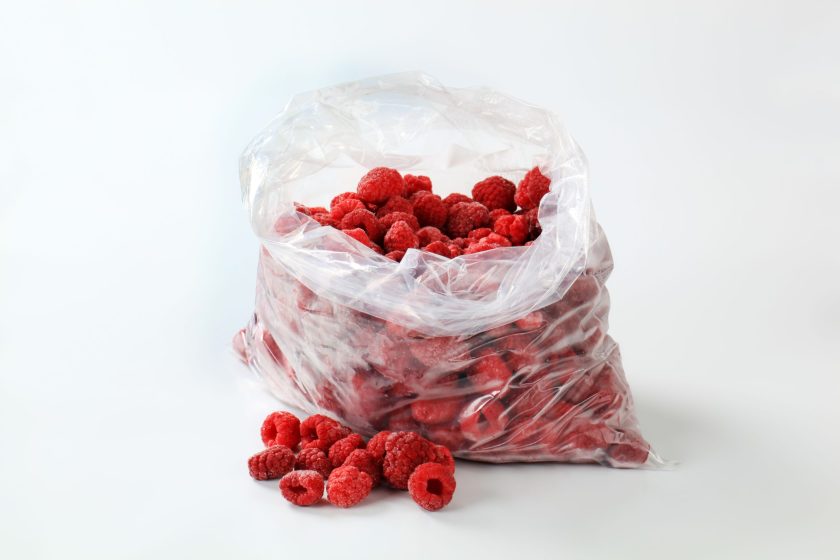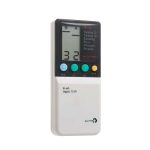Fresh goods, such as fruits, vegetables, meat, fish, and dairy products, require packaging to ensure their quality and safety during storage, transportation, and sale. The packaging must be suitable for the type and nature of the goods and meet the requirements of the industry standards and regulations.
The choice of packaging material, size, shape, and design can affect the freshness, flavor, appearance, and shelf life of the goods, as well as the convenience and satisfaction of the customers.
So what are the best packaging options for fresh goods? Let’s look at the options and their benefits.
Importance of Packaging for Fresh Goods
Packaging plays a crucial role in preserving the quality and safety of fresh goods. Proper packaging can help to:
- Prevent physical damage to the goods, such as bruising, crushing, or puncturing.
- Protect the goods from contamination by microorganisms, pests, or environmental factors, such as light, air, or moisture.
- Maintain the freshness, flavor, and appearance of the goods by controlling the temperature, humidity, and gas composition inside the package.
- Extend the shelf life of the goods by slowing down the rate of deterioration, such as spoilage, dehydration, or oxidation.
- Enhance the convenience and satisfaction of the customers by providing clear information about the product, its origin, ingredients, and nutritional value, as well as easy-to-use and eco-friendly packaging.
Factors to Consider When Choosing Packaging for Fresh Goods
When selecting packaging for fresh goods, there are several factors to consider, such as:
Type and nature of the goods
Different products require different types of packaging, depending on their size, shape, texture, and sensitivity to external factors.
Storage and transportation conditions
The packaging must withstand the temperature, humidity, pressure, and shock during storage and transportation, without compromising the quality of the goods.
Packaging material and design
The packaging material must be safe, hygienic, and eco-friendly, and the design must be functional, informative, and attractive to the customers.
Cost and sustainability
The packaging must be cost-effective and environmentally sustainable, considering the impact of production, usage, and disposal on the environment and society.
Best Packaging Options for Fresh Goods
Plastic Packaging
Plastic is a widely used material for packaging fresh goods, due to its versatility, durability, and affordability. It can be molded into different shapes and sizes, and it offers good protection against moisture, oxygen, and light. Plastic packaging such as poly tubing rolls can be versatile and easy to use.
Paper Packaging
Paper is a natural and renewable material that can be recycled and composted, making it a popular choice for eco-conscious consumers. Paper packaging can be used for a wide range of fresh goods, such as fruits, vegetables, bakery products, and eggs.
Some stores combine this with poly tubing bag rolls for additional protection.
Vacuum Packaging
Vacuum packaging removes air from the package, creating a vacuum seal that helps to preserve the freshness of the product. This is especially useful for perishable items like meat, fish, and cheese.
Foam Packaging
Foam packaging is a great option for delicate items like fruits and vegetables that can be easily bruised or damaged during shipping. The foam provides cushioning and protection, helping to prevent damage and maintain the freshness of the produce.
Biodegradable Packaging
Biodegradable packaging is becoming increasingly popular as consumers become more environmentally conscious. These types of packaging materials are designed to break down quickly in the environment, reducing the impact on the planet.
There are some companies that make poly tubing rolls that are eco-friendly and reusable, so companies have to be careful and choose the right packaging that meets their ethics.
When choosing a packaging option for fresh goods, it’s important to consider factors like the type of product, the distance it will be shipped, and the temperature requirements for maintaining freshness.
Businesses can ensure that their products arrive at their destination in optimal condition when they explore their options, helping to improve customer satisfaction and reduce waste.





